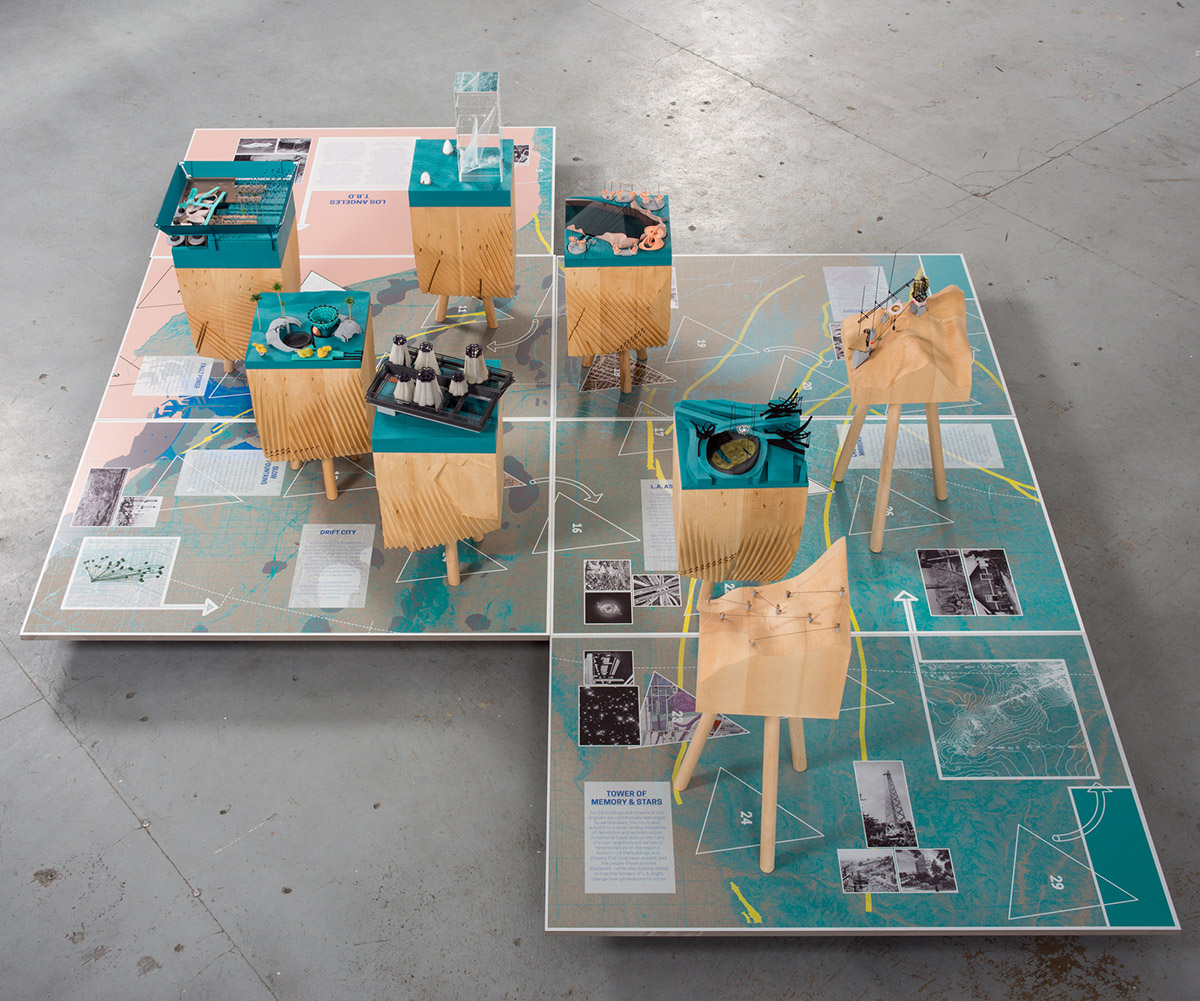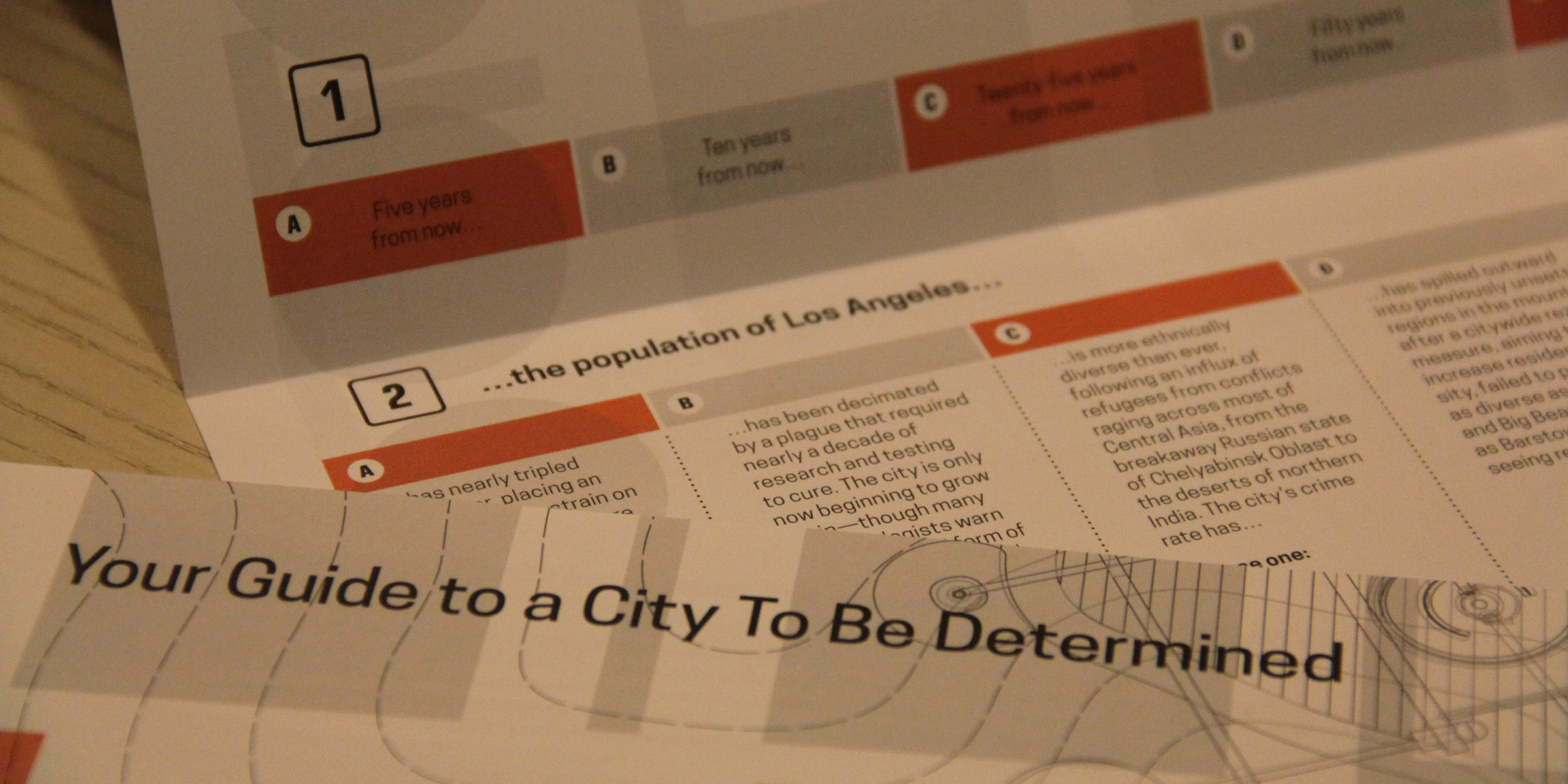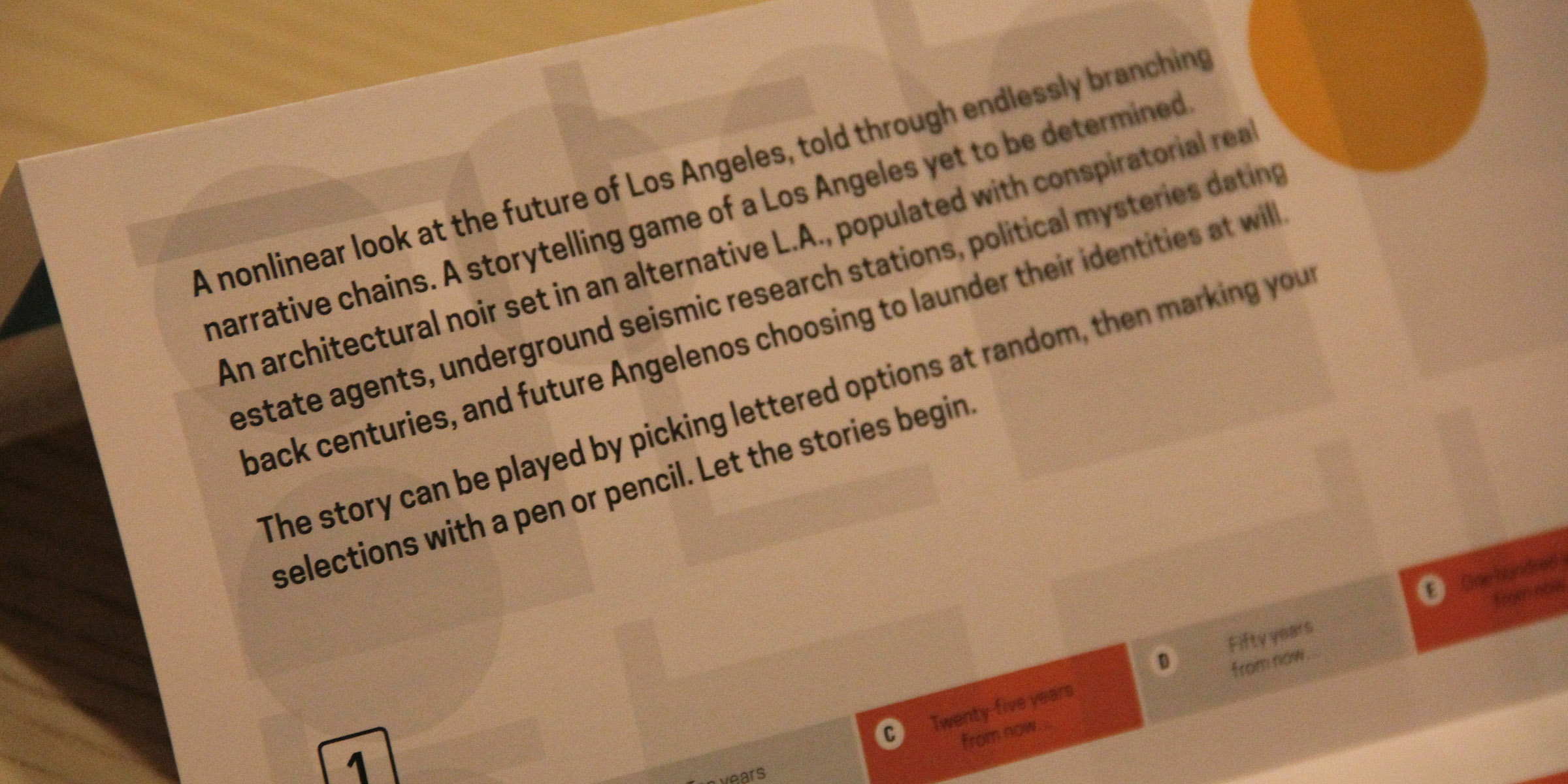
I’m grateful for two recent opportunities to publish op-eds, one for the Los Angeles Times back in May and the other just this morning in the New York Times. Both look at seismic activity and its poetic or philosophical implications, including fault lines as sites of emergence for a future world (“A fault is where futures lurk”).
They both follow on from the Wired piece about the Walker Lane, as well as this past weekend’s large earthquakes here in Southern California.
The L.A. Times op-ed specifically looks at hiking along fault lines, including the San Andreas, where, several years ago, I found myself walking alone at sunset, without cell service, surrounded by tarantulas. I was there in the midst of a “tarantula boom,” something I did not realize until I checked into a hotel room and did some Googling later that evening.
In any case, “Faults are both a promise and a threat: They are proof that the world will remake itself, always, whether we’re prepared for the change or not.”

The New York Times piece explores the philosophical underpinnings of architecture, for which solid ground is both conceptually and literally foundational.
The experience of an earthquake can be destabilizing, not just physically but also philosophically. The idea that the ground is solid, dependable—that we can build on it, that we can trust it to support us—undergirds nearly all human terrestrial activity, not the least of which is designing and constructing architecture… We might say that California is a marine landscape, not a terrestrial one, a slow ocean buffeted by underground waves occasionally strong enough to flatten whole cities. We do not, in fact, live on solid ground: We are mariners, rolling on the peaks and troughs of a planet we’re still learning to navigate. This is both deeply vertiginous and oddly invigorating.
To no small extent, nearly that entire piece was inspired by a comment made by Caltech seismologist Lucy Jones, who I had the pleasure of interviewing several years ago during a Fellowship at USC. At one point in our conversation, Jones emphasized to me that she is a seismologist, not a geologist, which means that she studies “waves, not rocks.” Waves, not rocks. There is a whole new way of looking at the Earth hidden inside that comment.
Huge thanks, meanwhile, to Sue Horton and Clay Risen for inviting me to contribute.
(Images: (top) Hiking at the San Andreas-adjacent Devil’s Punchbowl, like a frozen wave emerging from dry land. (bottom) A tarantula walks beside me at sunset along the San Andreas Fault near Wallace Creek, October 2014; photos by BLDGBLOG.)
 [Image: Test-crash from “
[Image: Test-crash from “ [Image: From
[Image: From  [Image: Thomas More’s
[Image: Thomas More’s  [Image: “
[Image: “ [Image: Early type experiment for “
[Image: Early type experiment for “ [Image: Thomas More’s
[Image: Thomas More’s 
 [Image: L.A.T.B.D. by
[Image: L.A.T.B.D. by  [Image: L.A.T.B.D. by
[Image: L.A.T.B.D. by  [Image: L.A.T.B.D. by
[Image: L.A.T.B.D. by  [Image: L.A.T.B.D. by
[Image: L.A.T.B.D. by 
 [Images: L.A.T.B.D.‘s accompanying exhibition text, designed by
[Images: L.A.T.B.D.‘s accompanying exhibition text, designed by  [Image: L.A.T.B.D.‘s accompanying exhibition text, designed by
[Image: L.A.T.B.D.‘s accompanying exhibition text, designed by